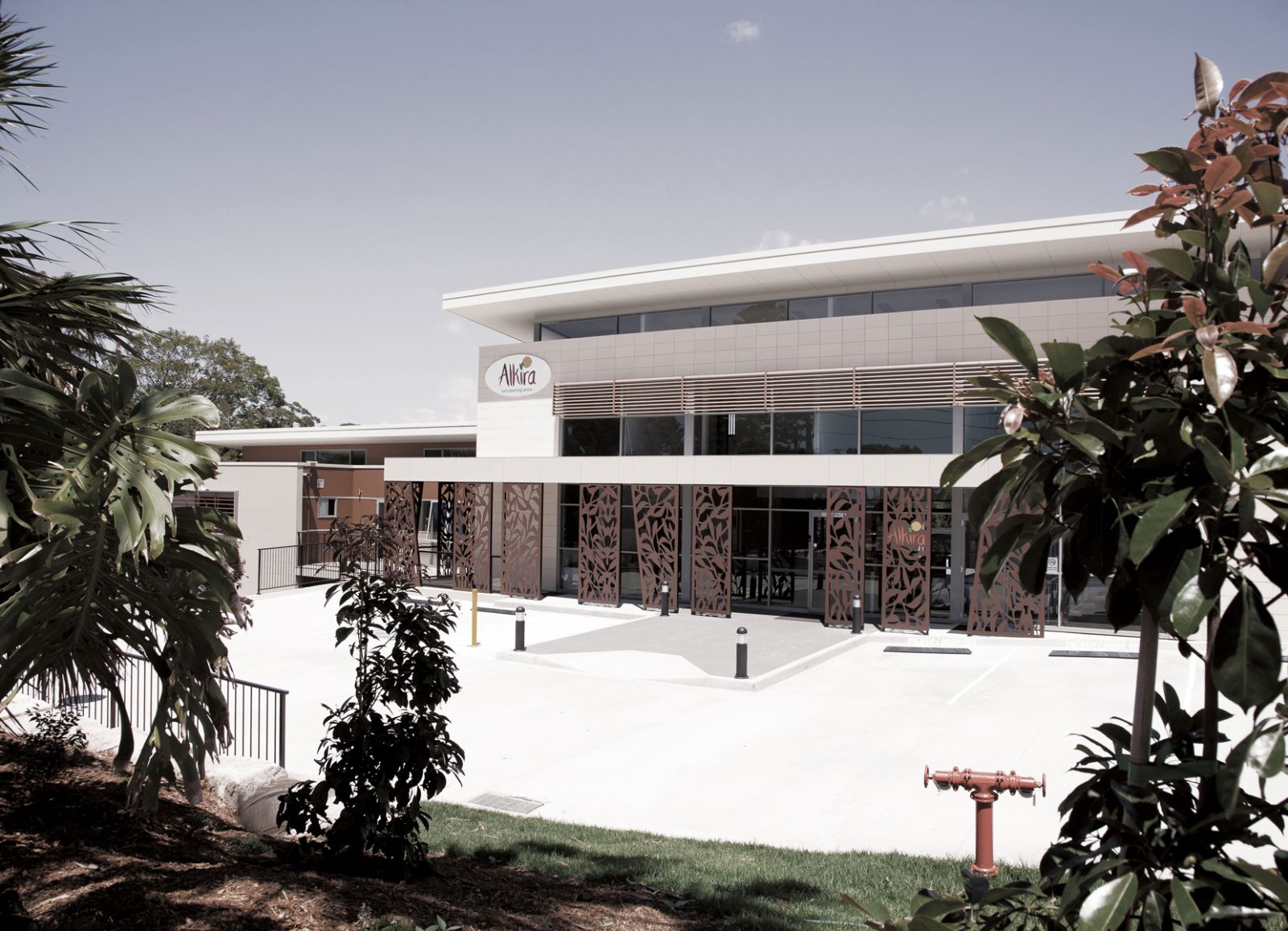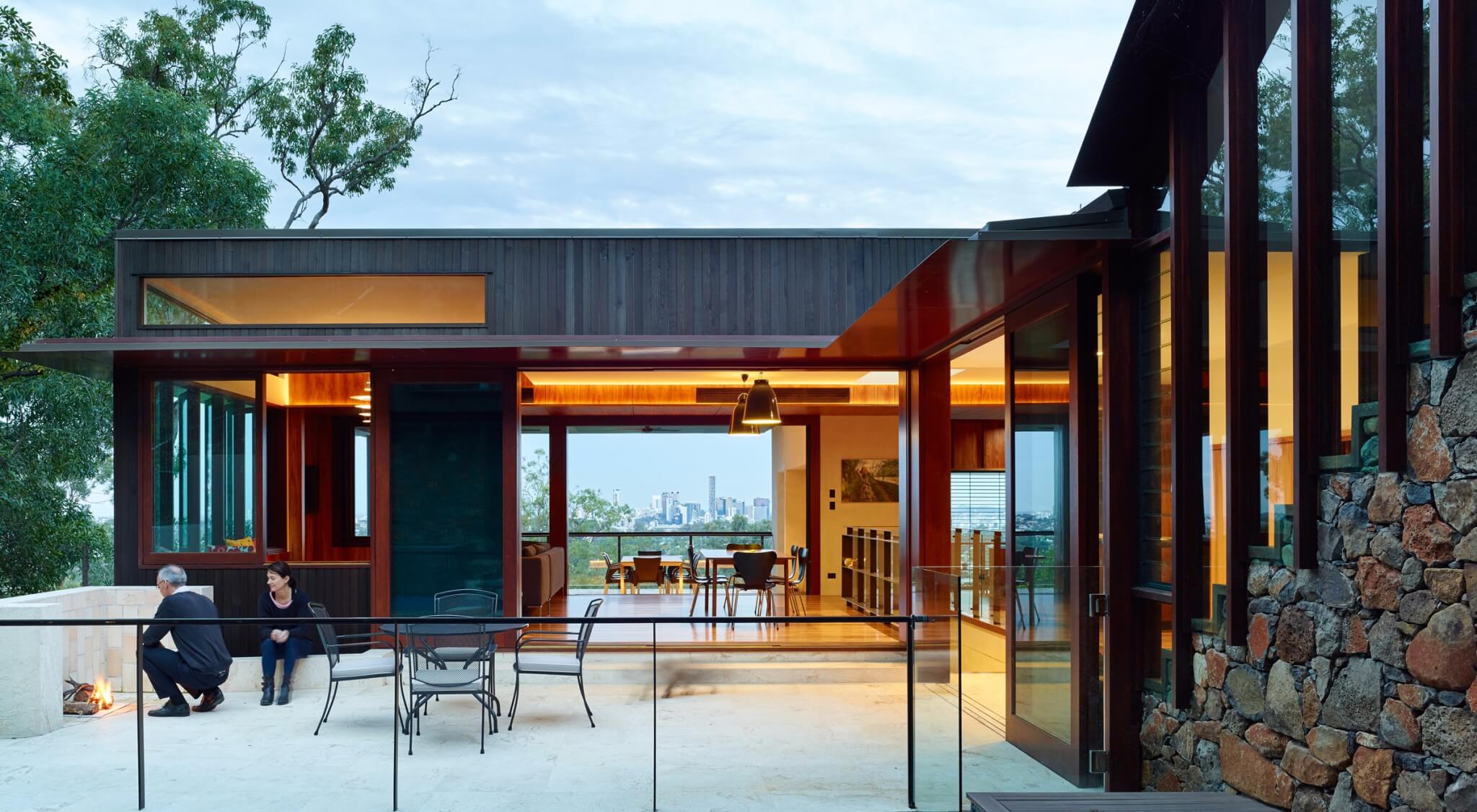Residential Architecture Homes Designed for Comfort, Aesthetics, and Functionality
Residential Architecture Homes Designed for Comfort, Aesthetics, and Functionality
Blog Article
Leading Trends in Residential Architecture You Ought To Find Out About
As residential architecture remains to advance, a number of compelling trends are forming the way we develop and occupy our space. Key growths such as lasting building practices, the integration of wise home technology, and the surge of modular homes emphasize a significant shift in the direction of both functionality and ecological duty. In addition, ideas like open strategy living and biophilic layout are redefining our communication with area and nature. Comprehending these trends not just informs style choices but also discloses wider implications for way of life and neighborhood - residential house architect. What might these developments imply for the future of household living?
Lasting Structure Practices
A boosting number of household projects are embracing sustainable building techniques, driven by an expanding understanding of ecological influence and power efficiency. This change is defined by the integration of environment-friendly materials, energy-efficient designs, and cutting-edge building techniques. Home builders and homeowners are significantly prioritizing the usage of renewable resources, such as bamboo and recycled metals, which not only lower the carbon footprint however likewise improve the toughness and aesthetic charm of residential properties.
Incorporating energy-efficient systems is one more critical facet of lasting structure - residential house architect. Features such as high-performance insulation, energy-efficient windows, and solar panels are coming to be requirement in new domestic styles. These components not only add to lower power usage however likewise offer considerable long-term cost savings for home owners
Furthermore, the design of lasting homes usually highlights all-natural light and air flow, minimizing the dependence on fabricated illumination and environment control systems. Landscape design techniques, such as xeriscaping, additional promote sustainability by lessening water usage.
As the demand for sustainable living options proceeds to increase, the residential style market is poised to innovate and adjust, ensuring that future homes are not just environmentally responsible however useful and also comfortable for their passengers. - residential house architect
Smart Home Modern Technology
Smart home innovation is reinventing the way house owners connect with their home, boosting comfort, safety and security, and power management. This cutting-edge approach integrates different devices and systems, enabling individuals to regulate their homes remotely or through automated processes. Central to this pattern is using wise devices such as thermostats, lighting, security cams, and home appliances, all connected through the Web of Points (IoT)
Among one of the most appealing functions of wise home modern technology is the capacity to personalize settings for optimal power performance. Homeowners can keep an eye on power use and change illumination, air conditioning, and heating based on their routines, considerably decreasing energy costs. Additionally, advanced protection systems furnished with clever locks and surveillance cams give peace of mind, making it possible for remote monitoring and alerts to prospective safety breaches.
Assimilation with voice-activated aides enhances individual experience, permitting house owners to regulate devices with basic voice commands. As technology remains to develop, the potential for clever home systems to boost top quality of life expands, making them an essential factor to consider in modern-day property design. Inevitably, wise home technology is not simply a trend yet a fundamental change toward a lot more intelligent living settings.
Open Principle Living
Open up idea living has become a defining feature in modern property architecture, defined by the removal of typical obstacles between rooms. This layout approach promotes fluidity and connectivity within the home, permitting a smooth shift between areas such as the kitchen area, eating, and living spaces. By removing wall surfaces and dividers, open concept designs produce a sense of spaciousness, cultivating an inviting atmosphere that boosts social communication.

Furthermore, this strategy to household style aligns with minimalism, concentrating on useful simpleness and aesthetic comprehensibility. Property owners value the adaptability of these designs, which can be easily adjusted to reflect individual style via furniture plan and decoration. As open idea living proceeds to get traction, it stays a testament to advancing household dynamics and the wish for homes that enhance connection and convenience.
Biophilic Design
Biophilic style has ended up being increasingly considerable in domestic architecture, highlighting the inherent connection in between people and nature. This layout approach seeks to integrate natural environments right into living rooms, thus fostering a feeling of wellness and boosting the high quality of life for passengers. By incorporating attributes such as natural light, vegetation, and natural materials, biophilic layout promotes a harmonious relationship between interior settings and the natural globe.
Secret aspects of biophilic layout include huge home windows that give unhampered sights of outdoor landscapes, living walls that introduce plant right into interiors, and open floor plans that urge air movement and natural light penetration. Water features, both hop over to these guys within and outside the home, serve to create comforting atmospheres and improve sensory experiences.
Additionally, using lasting products not just supports environmental stewardship however also adds to healthier indoor air try this site quality. As understanding of ecological issues rises, homeowners are progressively prioritizing designs that show their link to nature. Basically, biophilic design not just elevates visual allure yet also addresses mental and psychological needs, making it a crucial pattern in modern household style.
Modular and Prefab Homes

Additionally, prefab and modular homes are created with sustainability in mind. Numerous producers make use of energy-efficient systems and green materials, such as photovoltaic panels and advanced insulation strategies, adding to lowered energy intake and reduced utility bills for home owners. The versatility of layout alternatives permits modification, satisfying varied functional demands and visual choices.
As the demand for budget friendly real estate continues to rise, prefab and modular homes offer a sensible service, dealing with both economic and environmental obstacles. Neighborhoods are progressively acknowledging the potential of these structures, integrating them right into country and city settings. In general, the trend towards modular and prefab homes symbolizes a shift toward extra lasting, effective, and adaptable living settings, making them click for more info a pivotal facet of contemporary residential design.
Conclusion
Lasting structure practices and clever home technologies boost performance and comfort, while open idea living and biophilic design foster social communication and a link to nature. The rise of prefab and modular homes offers personalized and inexpensive solutions, mirroring a broader change in the direction of functional and accountable living.
Trick developments such as sustainable building practices, the combination of clever home technology, and the rise of modular homes underscore a considerable shift in the direction of both functionality and environmental duty.The increase of modular and prefab homes has actually changed the property design landscape, supplying ingenious remedies for efficient and lasting living.In addition, modular and prefab homes are created with sustainability in mind. Overall, the pattern toward prefab and modular homes indicates a change towards more lasting, effective, and versatile living environments, making them a critical aspect of modern residential architecture.
Lasting structure practices and smart home innovations enhance efficiency and convenience, while open idea living and biophilic design foster social communication and a connection to nature.
Report this page